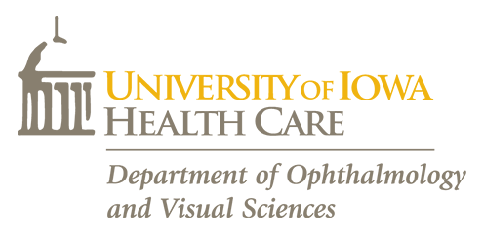OBJECTIVE:
To assess whether outcomes of strabismus surgery are improved by using the adjustable suture technique and to determine which subgroups of strabismus patients benefit most from the adjustable suture technique.
DESIGN:
A retrospective chart review.
PARTICIPANTS:
A total of 535 adults who underwent strabismus surgery between 1989 and 2010.
METHODS:
Success was defined as ≤10 prism diopters (PD) for horizontal deviations and ≤2 PD for vertical deviations. Differences in the proportion of successful strabismus surgery were analyzed using a chi-square test with an alpha of 0.05.
MAIN OUTCOME MEASURES:
Ocular alignment in primary position at a 7-day to 12-week follow-up examination.
RESULTS:
A total of 491 patients met the inclusion criteria (nonadjustable suture, n = 186; adjustable suture, n = 305). The success rates for the nonadjustable and adjustable groups were 61.3% and 74.8%, respectively (χ(2)=9.91, P=0.0016). Adjustable suture use was particularly beneficial for patients undergoing a reoperation for childhood strabismus (success rate: nonadjustable, 42.4%; adjustable, 65.7%; P=0.0268; n = 100). The differences in outcomes were not statistically significant for patients with childhood strabismus undergoing a primary surgery (nonadjustable, 65.0%; adjustable, 81.4%; P=0.1354; n = 90) or with thyroid orbitopathy (nonadjustable, 76.7%; adjustable, 74.1%; P=0.8204; n = 57).
CONCLUSIONS:
Strabismus surgery using adjustable sutures was associated with improved short-term ocular alignment compared with strabismus surgery without the use of adjustable sutures. Adjustable sutures were most beneficial for patients undergoing reoperations for childhood strabismus.
Improved ocular alignment with adjustable sutures in adults undergoing strabismus surgery.
Journal:
Ophthalmology
Additional Information:
2012 Feb;119(2):396-402.
Publication Date:
Oct 29 2011
Pubmed ID:

